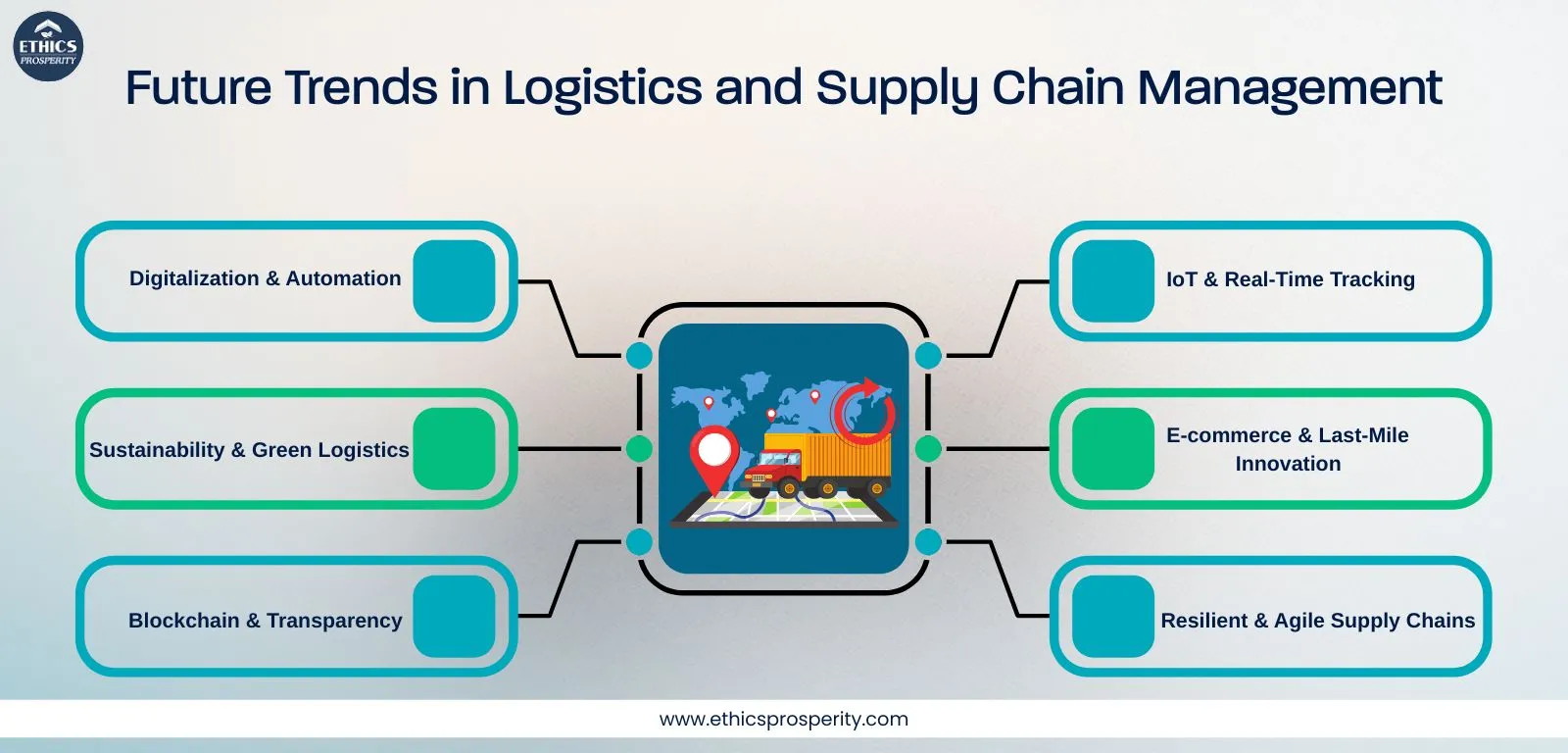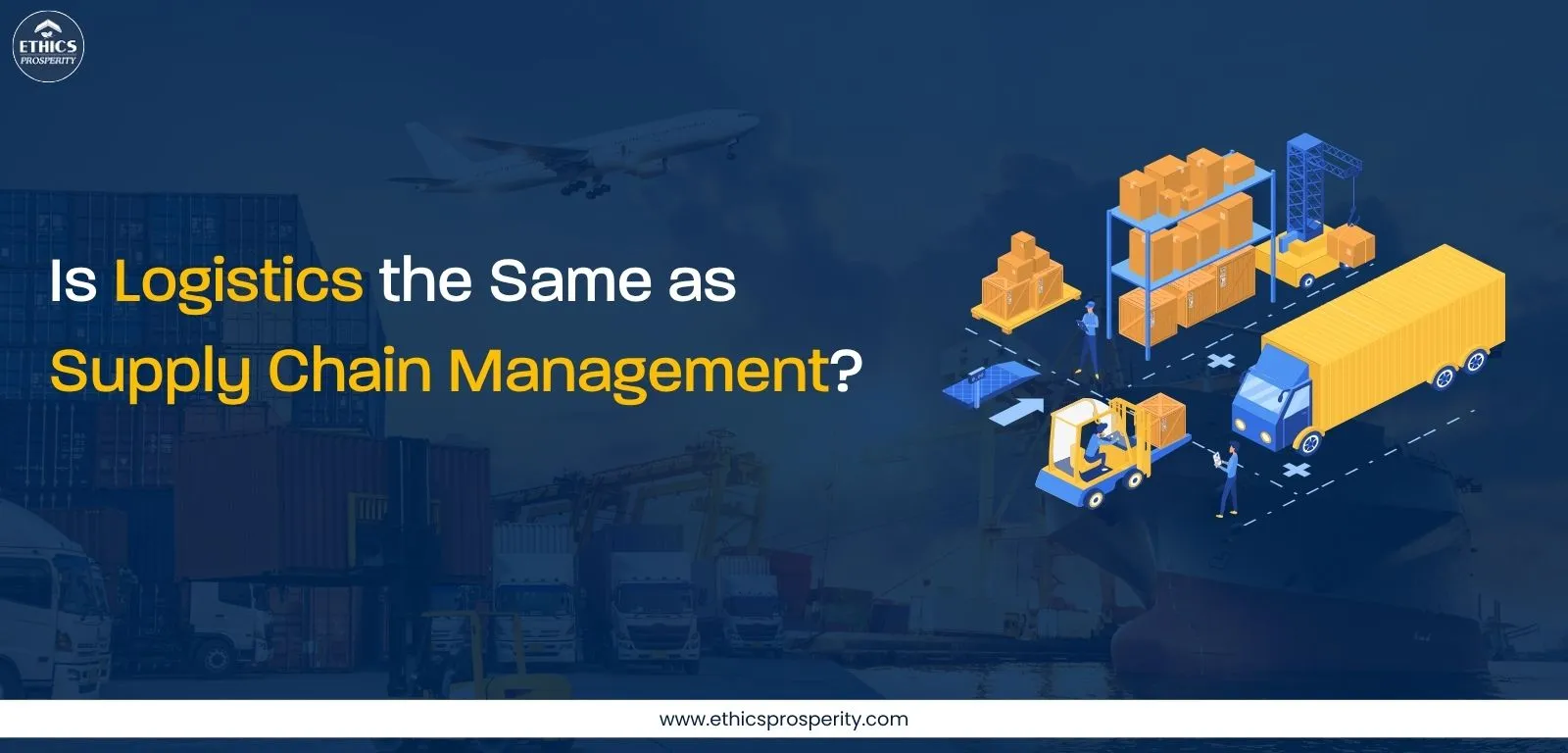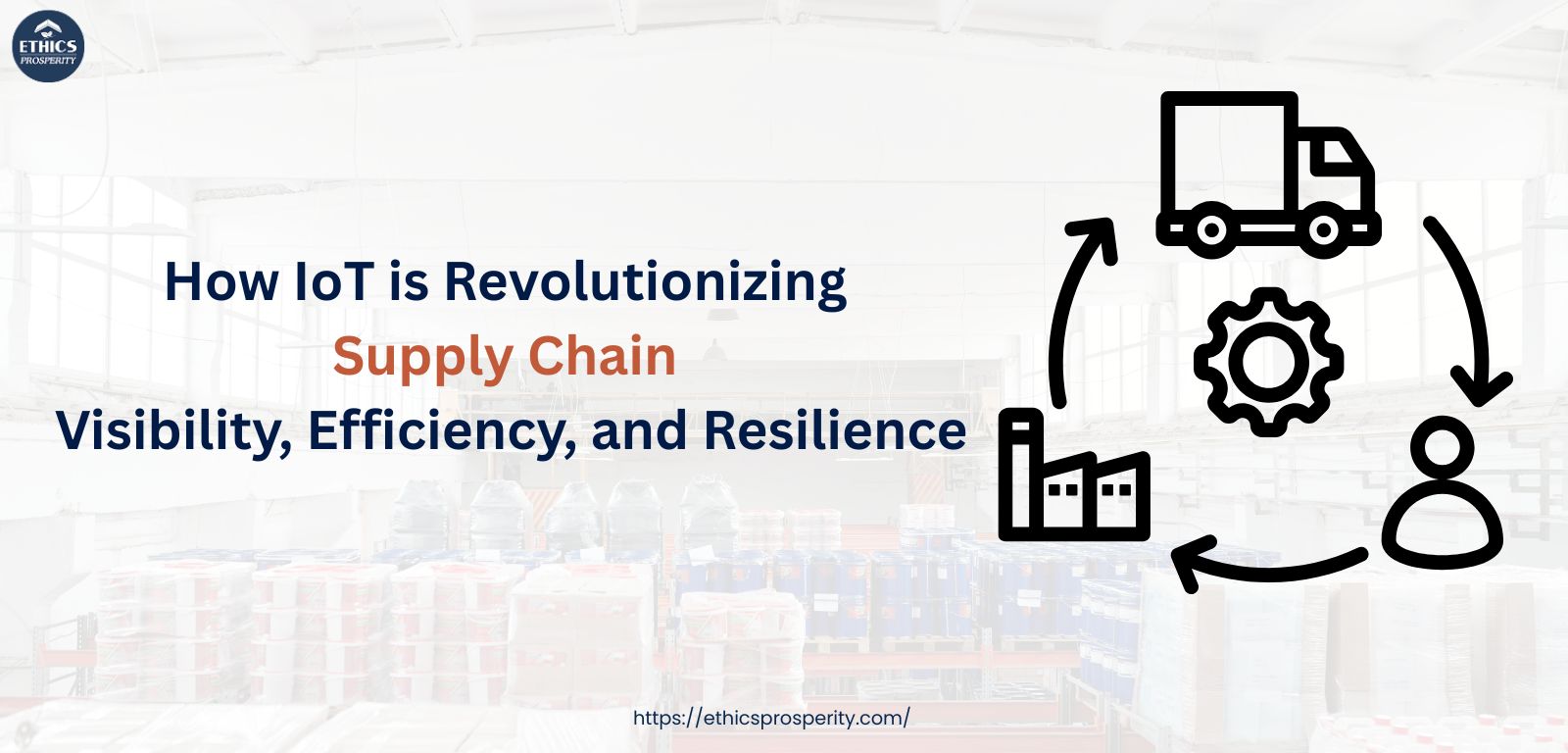Today, consumers are increasingly comfortable with doorstep delivery, making efficient logistics and supply chain management essential for businesses of all sizes to ensure timely and reliable product delivery. While the terms logistics and supply chain management (SCM) are often used interchangeably, it’s important to note that logistics is just one component of the broader Supply Chain Management process, which oversees the entire flow of goods from production to the end consumer.
Although logistics and supply chain management are different concepts, they share the common goal of ensuring products are delivered safely and on time to consumers. This shared objective often leads people to use the two terms interchangeably.
What is Logistics?
Logistics is a vital part of the supply chain that focuses on the strategic planning, execution, and control of the movement and storage of goods, services, and information throughout the supply process. It ensures that the right products are delivered to the right place, at the right time, in the right quantity, and in the right condition — all while optimizing cost and efficiency.
It covers a wide range of activities, including transportation management, warehousing, inventory control, material handling, order processing, packaging, customs clearance, and distribution management whereas modern logistics also integrates technology and data-driven systems such as GPS tracking, Warehouse Management Systems (WMS), Transport Management Systems (TMS), and automation tools to improve visibility, accuracy, and speed in operations.
Logistics acts as the connective framework that keeps global commerce functioning smoothly — ensuring that products move safely and efficiently through every stage of the supply chain, from production to consumption.
What is Supply Chain Management (SCM)?
Supply Chain Management (SCM) involves managing and coordinating all stages of a company’s production process from acquiring raw materials to delivering the final product to the consumer.
In today’s interconnected world, the global supply chain operates as a vast system of suppliers, producers, distributors, wholesalers, retailers, and customers. The goal of effective Supply Chain Management (SCM) is to streamline this network so that goods, information, and resources flow smoothly and efficiently, ensuring that every product reaches its destination on time, in the right quantity, and in optimal condition.
Supply Chain Management encompasses all key activities such as:
-
Sourcing and procurement of raw materials and components.
-
Manufacturing and production processes.
-
Storage and inventory management.
-
Transportation and logistics.
-
Distribution and customer delivery.
Beyond internal operations, Supply Chain Management also involves coordinating with external partners - suppliers, logistics providers, and distributors - to align supply and demand across the entire value chain.
Logistics vs Supply Chain Management
|
Aspect |
Supply Chain Management (SCM) |
Logistics |
|
Scope |
Broad — oversees sourcing, production, distribution, and customer service |
Narrower — focuses on transportation, warehousing, and delivery |
|
Goal |
Optimize the entire supply network from suppliers to end customers |
Ensure efficient movement and storage of goods |
|
Focus |
Strategic — coordination, planning, and process integration |
Operational — execution of transport and storage activities |
|
Time Horizon |
Long-term planning and relationship management |
Day-to-day operations and short-term execution |
|
Example |
Managing supplier contracts, demand forecasting, and global distribution strategy |
Scheduling shipments, managing warehouses, and handling delivery routes |
How Logistics and Supply Chain Work Together
Logistics and Supply Chain Management (SCM) function as closely linked elements of one integrated system. Both aim to ensure that products reach their destinations accurately, efficiently, and on time - though they operate at different levels, with SCM overseeing the broader process and logistics handling its practical execution.
They work effortlessly together as Supply Chain Management is the strategic framework that oversees the entire process - from sourcing raw materials to delivering finished goods to customers. Whereas Logistics is the operational component within that framework, responsible for the physical movement, storage, and flow of goods along the supply chain.
Interconnected Functions in Supply Chain and Logistics Systems are as follow:
-
Procurement and Sourcing: SCM decides which suppliers to use and when to order materials. Logistics ensures those materials are transported safely and on time.
-
Production and Inventory: SCM manages production planning and inventory levels. Logistics handles warehousing and ensures goods are stored under proper conditions.
-
Distribution and Delivery: SCM plans distribution strategies. Logistics manages transportation routes, delivery schedules, and customer fulfillment.
-
Information Flow: SCM uses data to forecast demand and coordinate partners. Logistics uses that information to optimize shipping, tracking, and delivery.
Future Trends in Logistics and Supply Chain Management

The future of supply chain management is rapidly evolving amid technological innovation and global disruption. Businesses now face increasing complexity driven by digital transformation, sustainability goals, and rising customer expectations. As we move toward 2025 and beyond, supply chains are shifting from operational functions to strategic assets that enhance agility, resilience, and competitive advantage.
|
Trend |
Description |
|
1. Digitalization & Automation |
Use of AI, robotics, and digital twins to automate warehouses and optimize production. |
|
2. IoT & Real-Time Tracking |
Smart sensors enable continuous monitoring of goods, vehicles, and storage conditions. |
|
3. Sustainability & Green Logistics |
Focus on reducing carbon emissions, using electric vehicles, and adopting recyclable packaging. |
|
4. E-commerce & Last-Mile Innovation |
Faster, flexible delivery through drones, autonomous vehicles, and urban micro-fulfillment centers. |
|
5. Blockchain & Transparency |
Secure, traceable supply networks improve trust and compliance. |
|
6. Resilient & Agile Supply Chains |
Diversified sourcing, predictive analytics, and risk management for stability. |
Why Businesses Must Understand the Difference
Understanding the distinction between Supply Chain Management (SCM) and Logistics is crucial for businesses aiming to improve efficiency, reduce costs, and enhance customer satisfaction. While the two functions are closely connected, they serve different purposes and operate at different levels within an organization.
-
Efficient Role Allocation: Recognizing the differences ensures each department knows its responsibilities — avoiding overlap and confusion between strategic and operational tasks.
-
Better Decision-Making: Managers can make more informed choices about resources, technology, and partnerships by knowing where SCM or logistics improvements are needed.
-
Enhanced Coordination and Visibility: Understanding how logistics fits into SCM allows for better collaboration between procurement, production, and distribution teams.
-
Cost Control and Performance Optimization: Businesses can target inefficiencies more precisely, whether in logistics (e.g., transport costs) or in the broader supply chain (e.g., supplier delays or production bottlenecks).
-
Improved Customer Satisfaction: A well-coordinated SCM strategy supported by effective logistics ensures faster delivery, consistent quality, and reliable service.
Conclusion
By now, it is evident that logistics and supply chain management (SCM) are closely connected yet serve different purposes. SCM covers the end-to-end process of transforming raw materials into finished goods, coordinating activities such as sourcing, production, and distribution. Logistics, on the other hand, operates within this broader system — concentrating on the efficient movement, storage, and delivery of products. Together, they ensure that goods flow smoothly from suppliers to consumers, supporting both operational efficiency and customer satisfaction.
As businesses continue to strengthen their operations, organizations like Ethics Prosperity play a vital role by offering end-to-end supply chain expertise that helps companies streamline processes, enhance visibility, and build resilient, future-ready supply chain networks.





